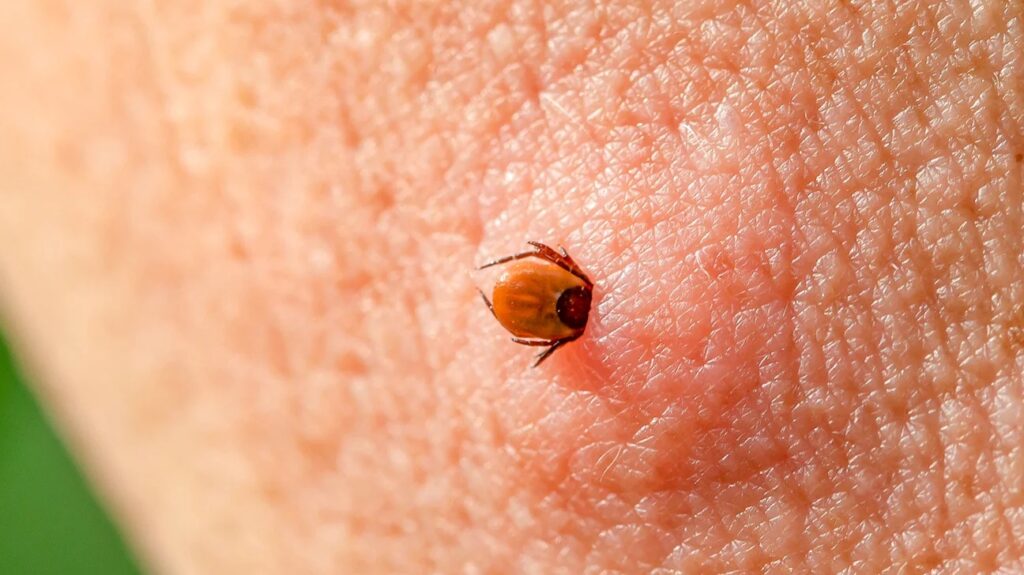Imagine the tranquility of a garden oasis, a place of solace and beauty. Yet, amidst the blooming flowers and lush greenery, there’s an unexpected visitor – unexplained bites. This no signs of bed bugs but I have bites introduction sets the stage for the unsettling experience of discovering mysterious bites while enjoying the serenity of a garden.
Bed bugs, stealthy pests that often leave telltale signs indoors, can sometimes infest gardens without obvious indicators. This article introduces the puzzling aspect of no signs of bed bugs but I have bites in outdoor spaces where typical signs might not be as readily visible as indoors.
Signs of Stealthy Invaders
Exploring the Elusive Nature of Bed Bugs in Garden Settings
Unlike indoor spaces, garden environments offer diverse hiding spots for bed bugs. They can lurk in compost piles, under plant pots, or amidst dense foliage, making their presence harder to detect. Exploring these hiding spots helps gardeners understand the potential habitats of these pests.
Lesser-Known Indicators
While bed bugs often leave characteristic signs like bloodstains, fecal spots, or shed skins indoors, outdoor infestations might present subtler clues. These include unusual patterns of plant damage, peculiar pest behaviors, or bites occurring predominantly after spending time in the garden.
Uncovering Unseen Threats
Bugs That Mimic Bed Bug Bites in Gardens
Not all bites experienced in a garden are the work of bed bugs. This section sheds light on other insects like chiggers, mites, or certain plant pests that might be mistaken for bed bug bites due to similar symptoms.
Lesser-Known Bed Bug Habitats in Outdoor Settings
Bed bugs are adaptable creatures, and they might find hiding spots in unexpected places in gardens. Understanding their potential habitats in outdoor settings – such as within garden furniture, in outdoor storage areas, or amidst woodpiles – helps in targeted inspections.

Identifying the Unseen Foes
DIY Inspection Techniques for Gardeners
Arming gardeners with inspection tactics tailored to outdoor spaces is crucial. From checking under garden furniture to inspecting plant pots and examining crevices in garden structures, this section offers step-by-step guidance on where and how to inspect for bed bugs in the garden.
Understanding Bed Bug Behavior in Outdoor Environments
Knowing bed bug behavior outdoors aids in detection and prevention. This includes their preference for certain plants, their movement patterns in garden settings, and their ability to hide in diverse outdoor materials.
Combat Strategies Without Overkill
Natural Remedies
Gardeners often prefer natural solutions. This section delves into eco-friendly remedies like diatomaceous earth, essential oil sprays, or beneficial insects that help control potential bed bug infestations without harming the garden ecosystem.
Preventive Measures
Prevention is key. From regularly cleaning garden tools to using specific plant varieties that repel pests, implementing lesser-known preventive measures creates a less hospitable environment for bed bugs.
Seeking Professional Help
Pest Control Approaches for Gardens
Despite DIY efforts, sometimes professional intervention becomes necessary. Professional pest control services offer comprehensive solutions for gardens, addressing bed bug infestations with expertise.
Trained technicians conduct thorough assessments to identify and eliminate bed bugs effectively. Integrated Pest Management (IPM) strategies are often employed, combining targeted chemical treatments with eco-friendly alternatives.
In gardens, this might involve specialized insecticides, heat treatments, or organic solutions to eradicate pests while preserving the natural environment. Regular inspections and preventive measures are implemented to ensure long-term success.
By integrating tailored bed bug approaches into garden pest control services, professionals provide a holistic solution, safeguarding both outdoor spaces and indoor environments from these persistent pests.

Collaborative Efforts
Highlighting the importance of collaboration between gardeners and pest control experts ensures effective, tailored solutions. This collaboration ensures that the garden remains pest-free without compromising its natural beauty.
FAQS
Can bed bugs infest gardens?
Yes, bed bugs can infest outdoor spaces like gardens. They often hide in areas such as compost piles, under plant pots, or amidst dense foliage, making detection more challenging.
What are some lesser-known signs of bed bugs in gardens?
In outdoor settings, look for unusual patterns of plant damage, peculiar pest behaviors, or bites that occur predominantly after spending time in the garden. These can be subtle indicators of a potential bed bug presence.
Are there bugs in gardens that mimic bed bug bites?
Certainly, other insects like chiggers, mites, or certain plant pests can cause bites that mimic bed bug bites due to similar symptoms, leading to mistaken identifications.
How can I inspect my garden for bed bugs without visible signs?
Conduct thorough inspections by checking under garden furniture, inspecting plant pots, examining crevices in garden structures, and paying attention to areas where bed bugs might hide, even though their signs are not as apparent outdoors.
What are natural remedies to tackle potential bed bug infestation in gardens?
Garden-friendly solutions include using diatomaceous earth, essential oil sprays, or introducing beneficial insects that can help control potential bed bug infestations without harming the garden ecosystem.
Conclusion
Encouraging a vigilant approach towards no signs of bed bugs but I have bites pest management in gardens ensures early detection and swift action, minimizing potential bed bug problems.
Summarizing the key points and empowering garden enthusiasts with newfound knowledge and strategies encourages them to take proactive steps in safeguarding their beloved garden sanctuaries.

